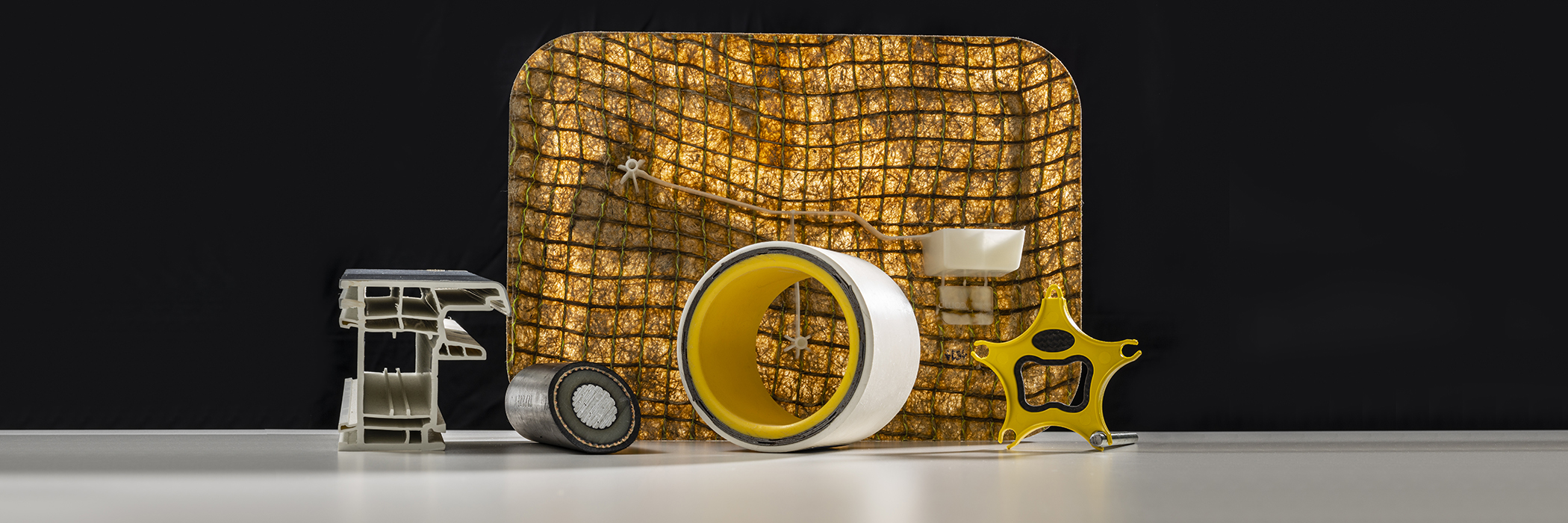Atmospheric plasma for new surfaces
Lightning can be tamed for scientific purposes. In this way, they enable previously unimagined possibilities for surfaces on a small scale.
We usually associate "thunder and lightning" with chaos and devastation. However, lightning can be tamed in the laboratory and harnessed for useful purposes. These tamed lightning bolts excite air to such an extent that the fourth state of aggregation is created: plasma. Plasma also comes in many shapes and colours: the sun, lightning, or the plasma screen.
The Institute of Polymer Nanotechnology FHNW has one of the latest devices on the market, the PTU 1212 laboratory system from Plasmatreat, which can generate plasma continuously under ambient conditions. It is very advantageous because this type of plasma is the easiest to integrate into existing industrial production facilities. In this way, a plasma system can replace several production steps at once and thus simplify, cheapen, and accelerate the process.
Plasma has unique properties and can be used in a wide range of applications. On the one hand, many processes in the plastics industry are difficult or impossible without pre-treatment. Bonding, printing, back injection, and coating - all these essential steps suffer from the low surface energy of plastic surfaces, the incompatibility of materials and the poor wettability with e.g., adhesives or aqueous paints. Pre-treatment with atmospheric plasma can provide a solution and in many cases is a direct way to solve the problems mentioned.
In addition, the surface chemistry can also be specifically designed with plasma coatings. Chemistry dictates the behaviour of the surfaces in question. For example, very small droplets form on a water-repellent surface. This phenomenon is very useful for water-repellent clothing. However, it's problematic for people who wear glasses, who lose sight as soon as their lenses fog up. This is exactly where plasma can make a big difference and be very selective. Normally water-repellent materials can be made wettable and vice versa.
However, the applications go much further. Surface chemistry plays a crucial role in bonding materials, for water permeability, friction, adhesion, hardness, electrostatics, corrosion and especially in biology and microbiology. Plasma coatings have the potential to enable innovative solutions in all these areas. Since plasma only chemically alters the absolute outermost layer, the other properties of the material remain intact. For example, the glasses no longer fog up, but remain completely transparent. Furthermore, plasma has a great advantage in that it is a dry process. This eliminates the need for vast quantities of toxic and environmentally problematic chemicals, which are unfortunately still used today in outdated processes.
The Institute of Polymer Nanotechnology FHNW is pushing innovation further and researching how surfaces can be created with plasma, tailored to the respective applications. We take the terror out of lightning and use it for good in the form of plasma.

